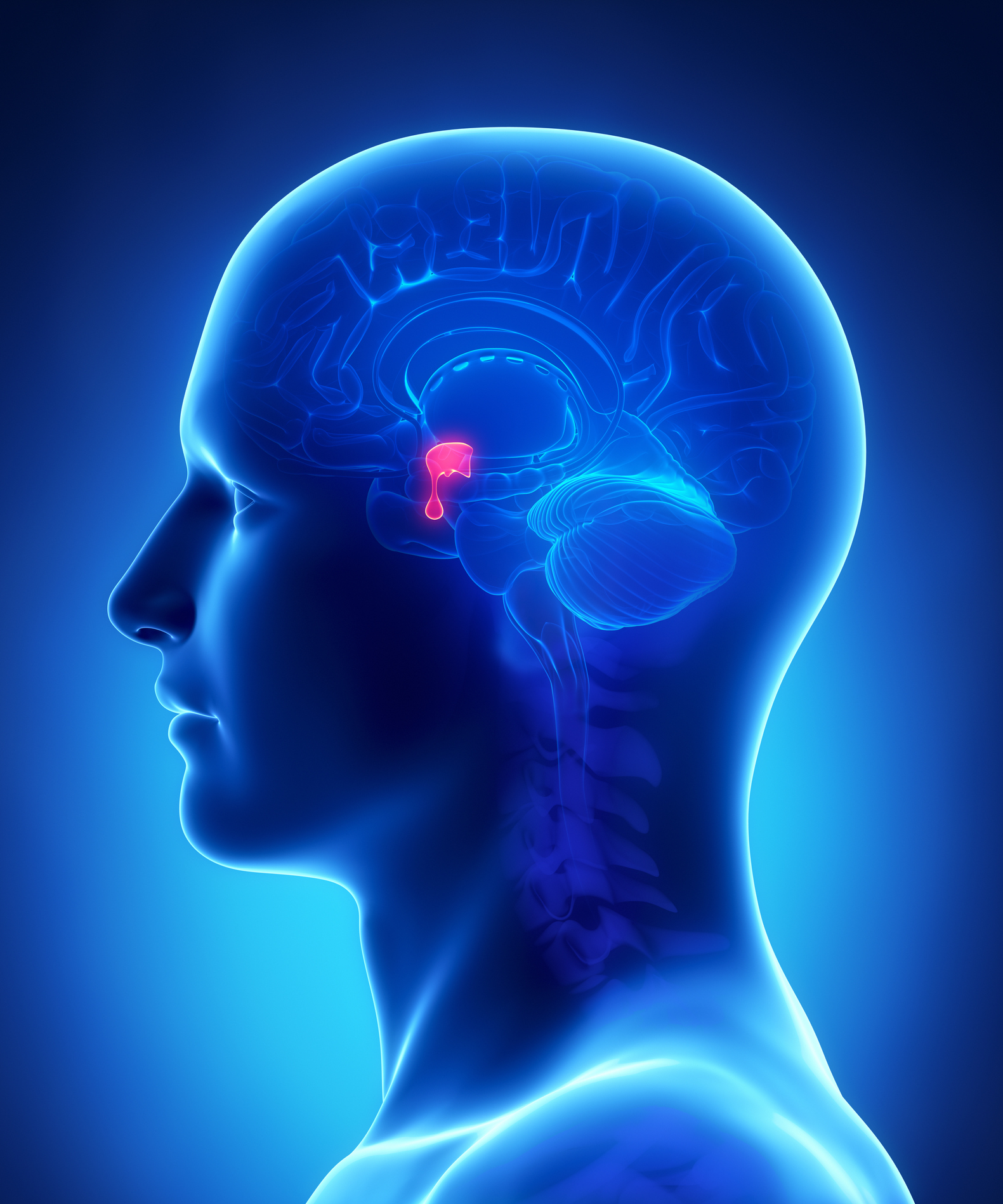Acromegaly is a relatively rare hormonal condition that affects its patients in profound and potentially serious ways.
Acromegaly is caused by an abundance of GH that signals bones, cartilage, and soft tissues to expand. The pituitary gland produces growth hormone naturally before your bones have fused together and you are still growing. Sometimes people experience growth, especially in the face, hands, and feet after they are fully grown. This condition is called acromegaly.

Acromegaly Overview
Acromegaly is most commonly diagnosed in middle-aged adults, but the symptoms of acromegaly can appear at any age.
When acromegaly is not treated, it can cause serious illness and even lead to premature death.
In most patients, acromegaly is treatable and sometimes “curable” but since it usually has a very slow and “sneaky” onset it is not always diagnosed early enough or correctly.
Some of the most serious health impacts of acromegaly are high blood pressure, type two diabetes, arthritis, increased cardiovascular disease risk, and increased risk for colon polys that can develop into colon cancer if not removed.
What causes acromegaly?
In most cases, a person’s excess growth hormone is caused by a benign, or noncancerous, tumor on the pituitary gland that secretes excessive amounts of growth hormone. This type of benign tumor is called adenoma or pituitary adenoma.

What is the Pituitary Gland?
The pituitary gland is very small (about the size of a pea) and it is located just underneath the brain, behind the bridge of the nose. It is one of the most important parts of the body since it not only secretes hormones into the bloodstream, it also controls most of the other endocrine glands and their secretions.
For example, the pituitary gland releases hormones that regulate the adrenal glands, thyroid gland, testes, and ovaries. It is also responsible for producing prolactin, the hormone that signals milk production in the breasts of pregnant and nursing women.
Growth Hormone and Acromegaly
Growth hormone is produced by the pituitary gland regulates metabolism, growth and body composition (fat, bone, water, and muscle mass.) In acromegaly, the pituitary produces more GH than the body needs. When a person is an adult and has completely finished growing and their bones have been fused together, this excess of growth hormone causes the soft tissues of the body to continue growing. This is why enlargement of the face, feet, and hands are the most commonly associated symptoms of acromegaly.
References:
The Pituitary Society (2000, October 18) What is Acromegaly? [Website]. Retrieved January 2020.
National Institute of Diabetes and Digestive and Kidney Diseases (1996, December 26) What is Acromegaly? [Website]. Retrieved January 2020.
The Mayo Clinic (2001, November 30) Acromegaly Symptoms and Causes [Website]. Retrieved January 2020.
The Mayo Clinic (1998, December 02) Acromegaly definition [Website]. Retrieved January 2020.
National Institute of Diabetes and Digestive Diseases (1996 December 26) What is Acromegaly? [Website]. Retrieved January 2020.

